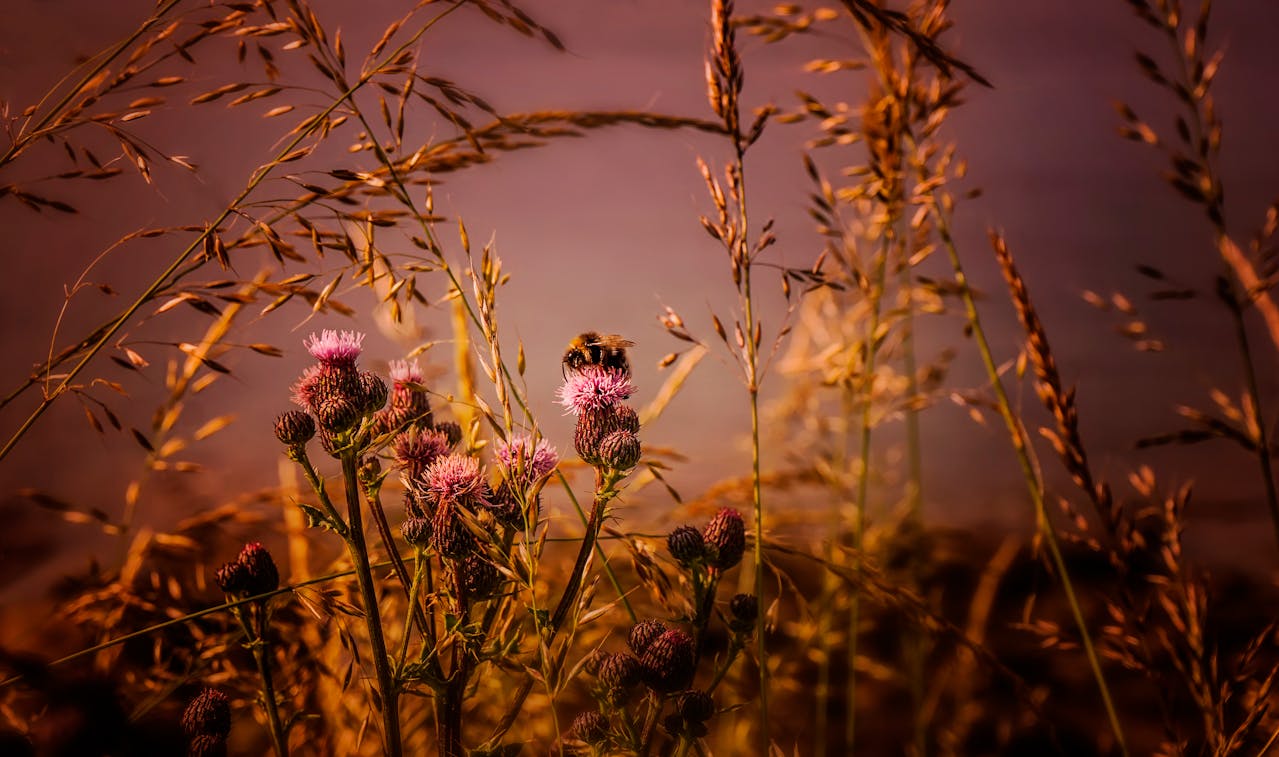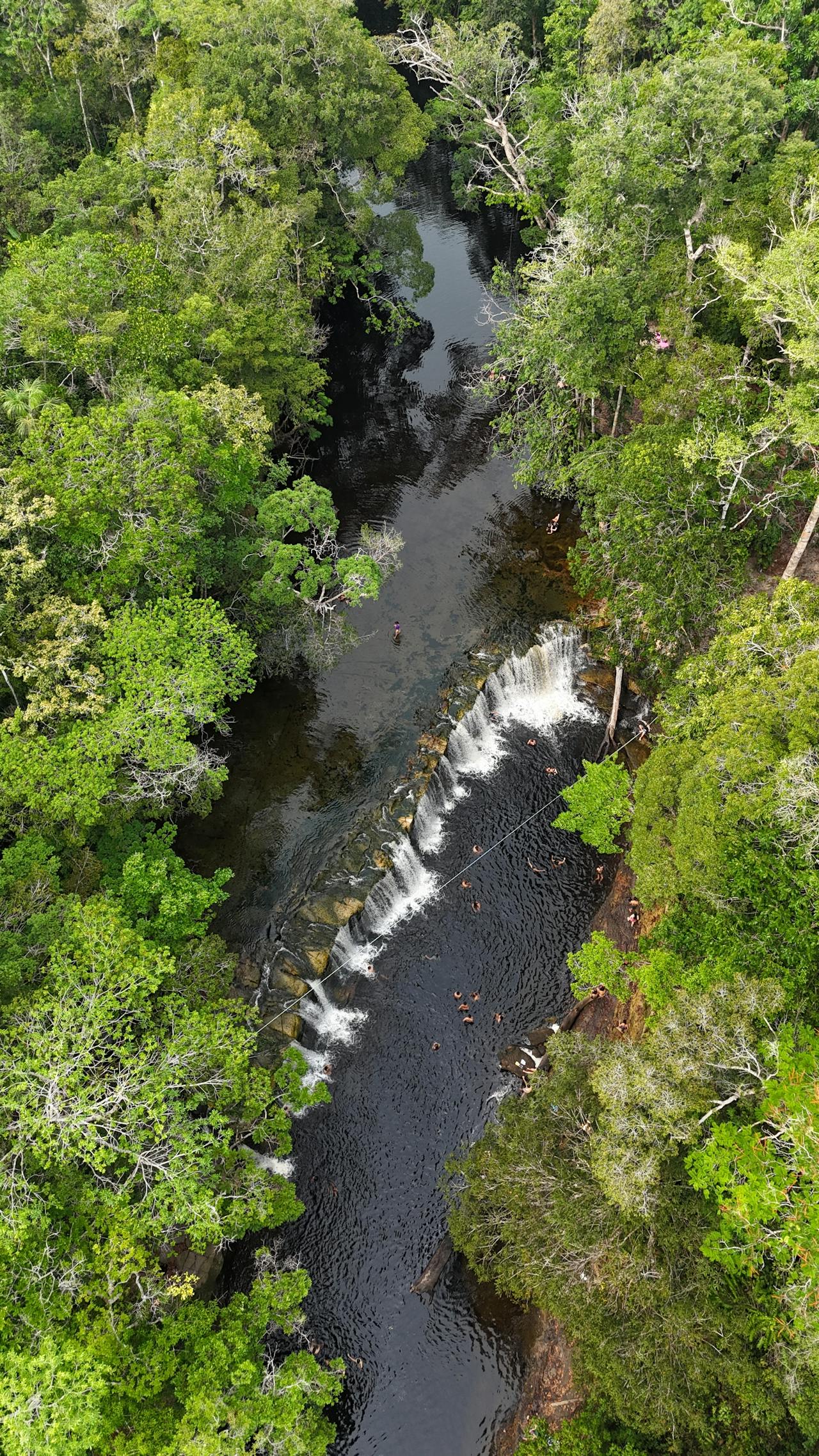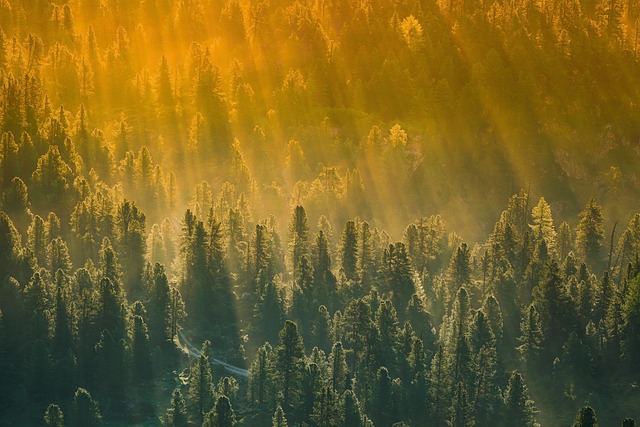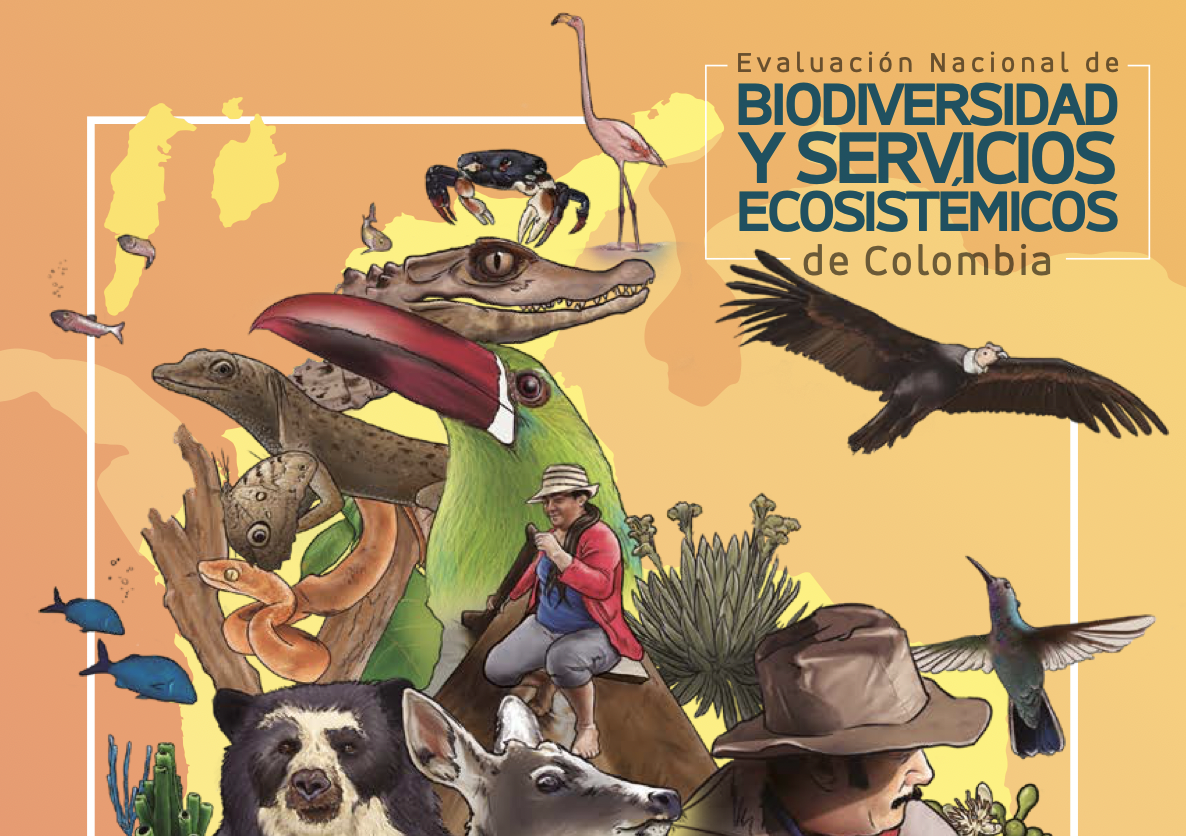Due to historical defaunation and extensive land-use changes, central Chile lacks a mega faunal flagship species with which to attract attention to conservation of the region. We compare the ease of observing potential flagship species according to their distributions in the landscape, and the practical barriers to promoting nature tourism focused on those species, in those locations. First, we consider the distributions of a previously identified flagship fleet for nature engagement in central Chile, consisting of small animals and trees. Second, we map potential areas for the reintroduction or conservation of the guanaco (Lamaguanicoe), previously identified as a potential phoenix flagship for central Chile, and the puma (Pumaconcolor), a native felid appreciated by global audiences. All the areas identified where flagship speciesare currently found, or could be reintroduced, are fragmented and show almost no overlap with existing protected areas. We conclude that there are fewest practical barriers to encouraging flagship observation in the flagship fleet species areas, compared to the phoenix flagship and the felid flagship options.We discuss opportunities for private protected area creation, nature tourism, and outreach programs promoting observation of the flagship fleet in these areas.
Mapping opportunities for environmental education in a defaunated landscape
Year: 2017

































































































































































































































































































































































































































































































































































































































































































































































































































































































































































































































